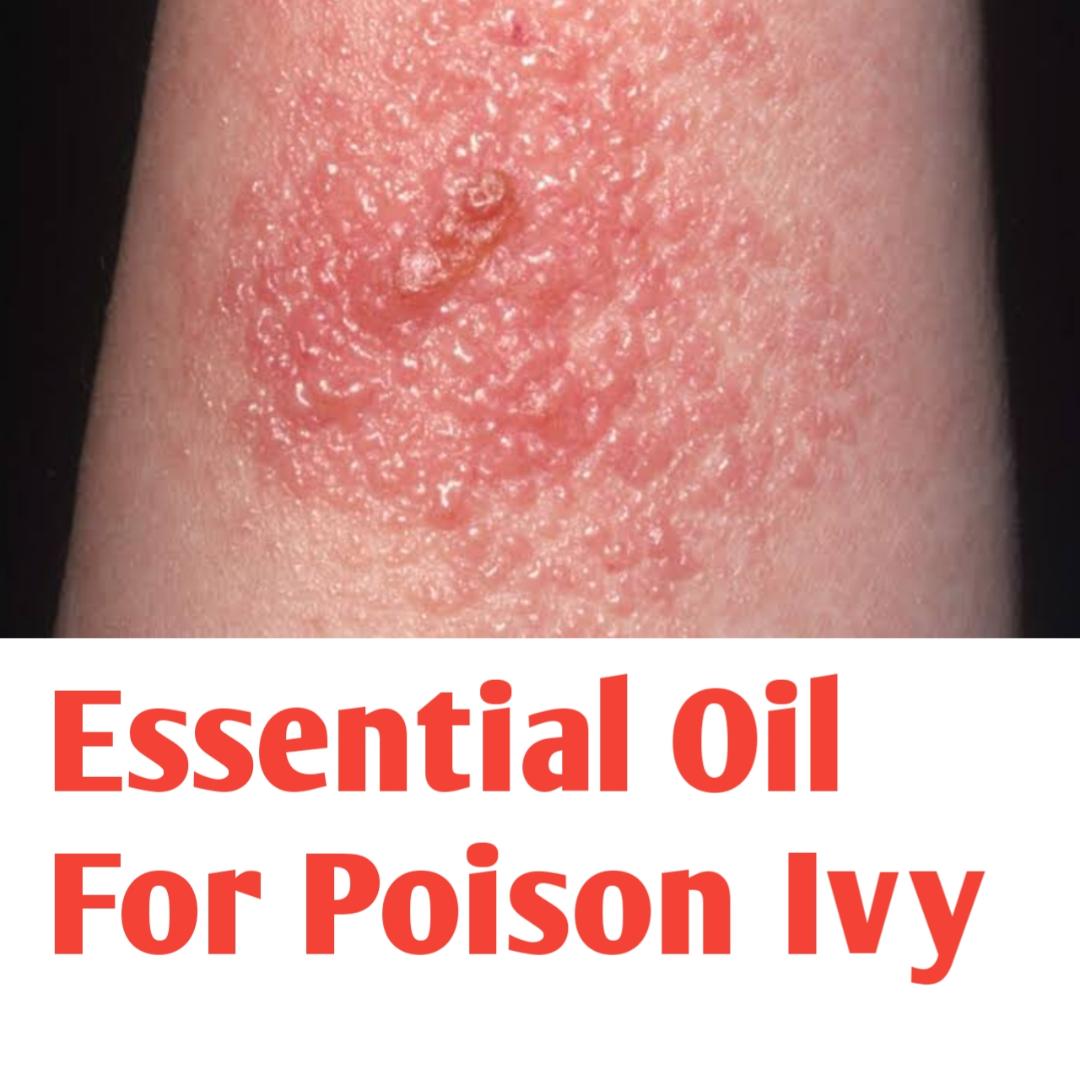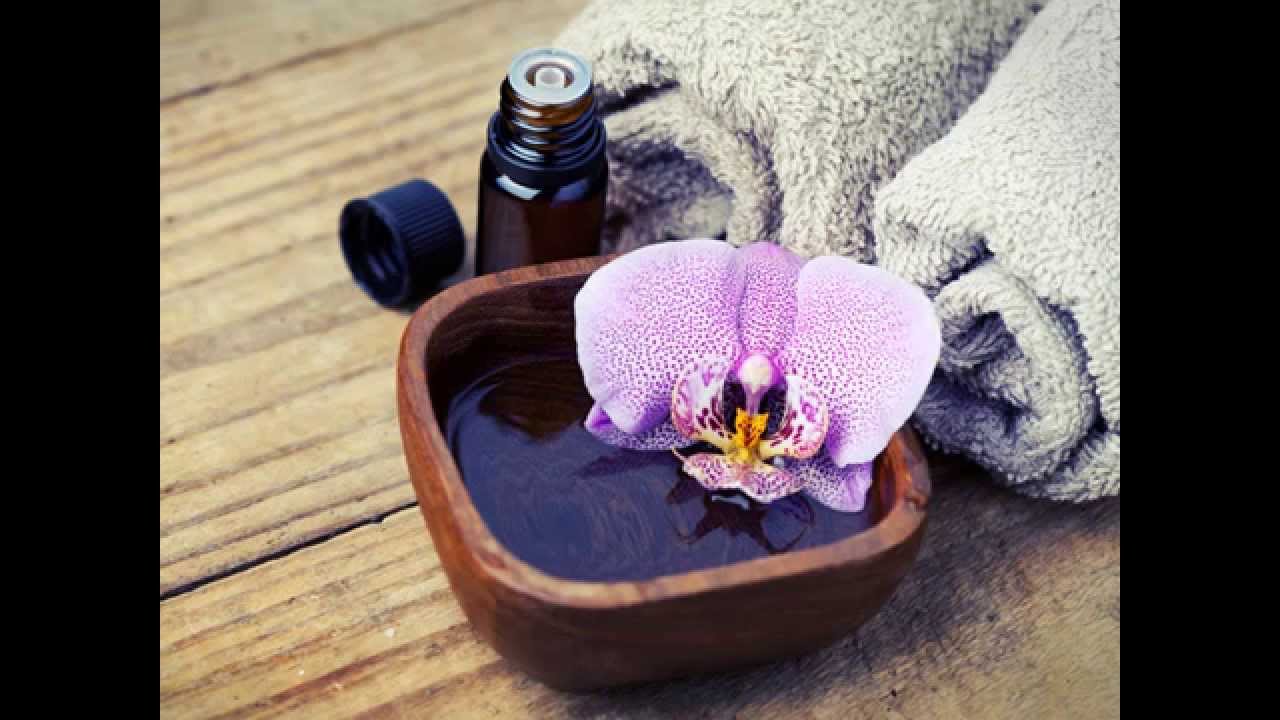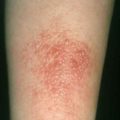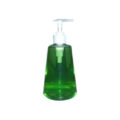Poison ivy rash is a type of allergic contact dermatitis caused by an oily resin called urushiol. It’s found in the leaves, stems and roots of poison ivy, poison oak and poison sumac. This resin is very sticky, so it easily attaches to your skin, clothing, tools, equipment and pet’s fur. The reaction usually starts with redness and swelling of the skin, which is then followed by either bumps or blisters. More than 50 percent of people are sensitive to this colorless, odorless resin called urushiol contained in the leaves of poison ivy. Recognizing and avoiding poison ivy in all four seasons is the most important step that can be taken in reducing the risk of poison ivy dermatitis.
Best essential oils for poison ivy relief
Calendula Oil
Calendula oil is a natural oil extracted from marigold flowers (Calendula officinalis). It’s often used as a complementary or alternative treatment. Calendula oil has antifungal, anti-inflammatory, and antibacterial properties that might make it useful in healing wounds, soothing eczema, and relieving diaper and poison ivy rash. In addition, there’s lots of anecdotal evidence that calendula’s soothing properties help with redness, dryness, itching, and pain.
Chamomile Oil
Chamomile Essential Oil is one of the few essential oils that most agree is especially safe to use, well diluted, with children. When diffused, it can help to calm irritable babies and soothe a toddler’s nasty temper tantrums. Roman Chamomile Oil is also heralded for its anti-inflammatory action. You can also use it in the form of an essential oil to calm down irritated skin.
According to a 2012 study, applying a compress containing chamomile twice a day is more effective than applying a 1 percent hydrocortisone cream once a day for painful, itchy, or inflamed skin.
Eucalyptus Oil
Eucalyptus is a native Australian tree. Eucalyptus oil is available as an essential oil that is used as a medicine to treat a variety of common diseases and conditions including nasal congestion, asthma, and as a tick repellant. Diluted eucalyptus oil may also be applied to the skin as a remedy for health problems such as arthritis and skin ulcers. A 2013 study found that eucalyptus was effective for rehydrating skin and preventing dryness. These properties may help during the later stages of a poison ivy rash, when your skin becomes dry and itchy.
Juniper Oil
Juniper oil is extracted from the berries of a coniferous tree, Juniper Berry essential oil is recognized for its versatile uses and benefits. When used for its aroma, Juniper Berry essential oil has a calming and grounding effect and can also be diffused to help cleanse and purify the air. Juniper is historically known for its skin-soothing properties especially for itchy skin. This may be due to the presence of thujone, which a 2015 research found in juniper essential oil. Thujone has antimicrobial properties, which can help to prevent infection, speed up healing, and reduce inflammation.
Lavender Oil
Lavender essential oil is one of the most popular and versatile essential oils used in aromatherapy. Distilled from the plant Lavandula angustifolia, the oil promotes relaxation and believed to treat anxiety, fungal infections, allergies, depression, insomnia, eczema, nausea, and menstrual cramps. A 2012 study confirmed the anti-inflammatory effects of lavender essential oil on the cellular skin level. Lavender essential oil a good choice for painful, inflamed rashes from poison ivy.
How to Use essential oils for poison ivy
Essential oils are highly concentrated, volatile plant extracts obtained through different extraction methods, including steam distillation, which is the purification of a liquid via heating. Essential oils can be used in many ways but when it comes to essential oils used in skin care, things tend to get complicated. While there are several oils that may aid in healing, toning, and brightening skin there are also elixirs that can spark serious skin reactions and even chemical burns due to allergies and phototoxicity.
Dilution might just be the single most important factor when it comes to using essential oils safely in skin care. Never apply pure, undiluted essential oils directly on your skin, regardless of what you’re trying to treat but especially if you have a rash. “When used on the skin, the more an essential oil is diluted, the less risk there is of an adverse skin reaction. Using a more concentrated oil doesn’t necessarily mean reaping greater benefits in most situations. There are a few ways to use essential oils for skin conditions, including poison ivy rashes.
Compress
A compress can be such a comforting applicable way to use essential oils. Simply place 1-2 cups of water in an appropriately sized bowl and add the 5-10 drops of the essential oils you need for the intended purpose. Swish around and using a soft cloth – ideally use a 100% cotton wash cloth. Wring it out so no water drips from it and apply to affected areas. Repeat until all the water is gone. You can do this several times a day if it provides relief.
Lotion or salve
Another way to relive your poison ivy rash is by mixing essential oil with used body care products. You can make a soothing topical treatment by mixing essential oils with your favorite lotion, salve, or carrier oil. The best way to blend the essential oils into the lotion is to pour the lotion into a bowl, add the oils and then mix very well. Once mixed, add the lotion back to the bottle using a funnel. A good rule of thumb when seeking to make a 2% dilution using the by-the-drop method is to add 12 drops of essential oil to each fl. ounce (30 ml) of cold pressed carrier oil, lotion, or other natural lipid/moisturizer. Apply the mixture to your rash as often as needed.
Other Tips To Help Treat Poison Ivy Rash
Wash the area: If you come into contact with poison ivy, the best advice is to wash your skin as quickly as possible with soap and cold, running water. Do this within minutes of coming into contact with the plant to prevent the oil from absorbing into the skin. Also, avoid vigorously scrubbing the area or using hot water since this may further open pores or cause more irritation to the skin.
Cool off: People with poison ivy tend to find relief from cool baths or cool compresses. Experts also recommend massaging the affected area with an ice cube for relief. However, don’t forget to let the area air dry after soaking or massaging it with an ice cube. Allowing it to air dry will reduce itching and oozing of blisters.
Use oral or topical antihistamines: Oral antihistamines such as Benadryl will help to reduce the itch of poison ivy. The use of topical creams such as calamine lotion to ease itching is also recommended.
Wash clothing and shoes: Be sure to wash the items you were wearing when you came into contact with the poison ivy. Use soap and hot water to remove any oil that may still be on these items.
Give Fido a bath: The rash caused by poison ivy can spread if there are oils from the plant on your pet’s fur, or even on other items around the yard such as gardening tools. Experts recommends thoroughly washing both pets and other items that may have come into contact with poison ivy to remove the oils.
Stop the rash from spreading to others: The fluid from the sores caused by poison ivy is not contagious. The rash caused by poison ivy will only spread to other areas of the body if the oil from the plant is still on your skin. And the rash will only spread to another person if you have oil on your hand and touch the individual. Once the oil has been removed from your skin, it is no longer possible to spread the rash to other areas of your body.
If the reaction is severe, seek medical attention. Most cases of poison ivy can be handled at home. In rare cases, however, poison ivy can be extremely serious or even fatal. Occasionally, poison ivy can become a more severe situation in someone who’s highly sensitized to the reaction, or if someone is exposed to a large amount of the oil, either by breathing in fumes when the plant is being burned or having the oils enter areas of broken skin.







